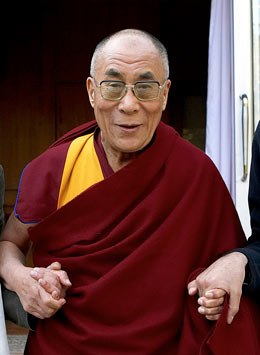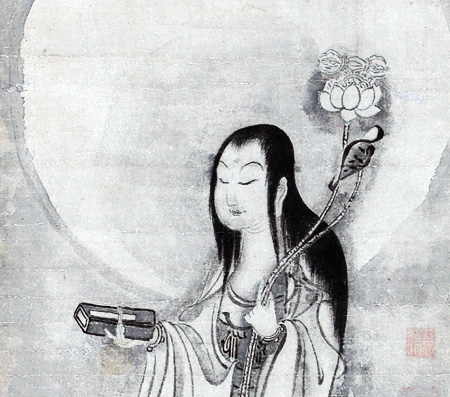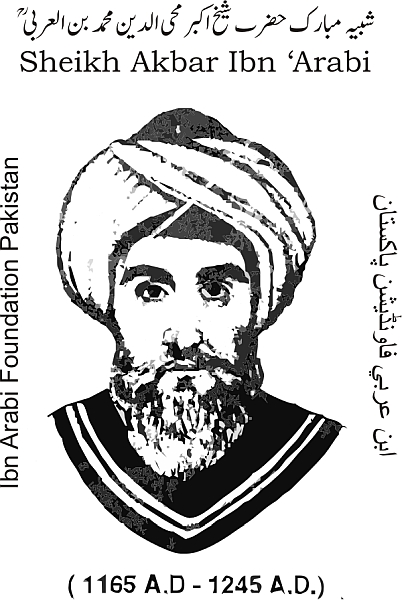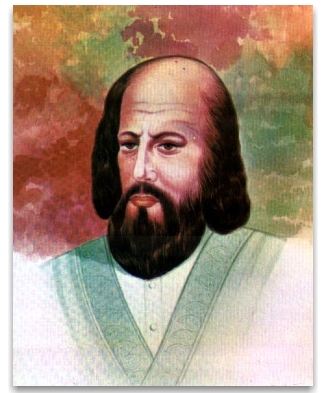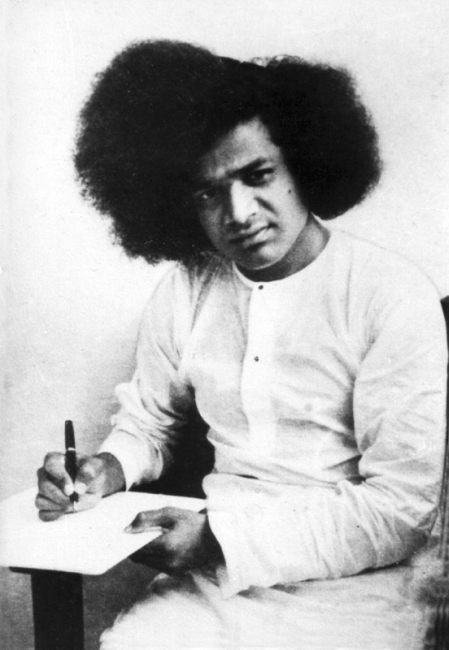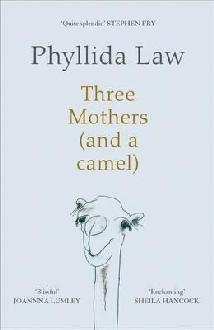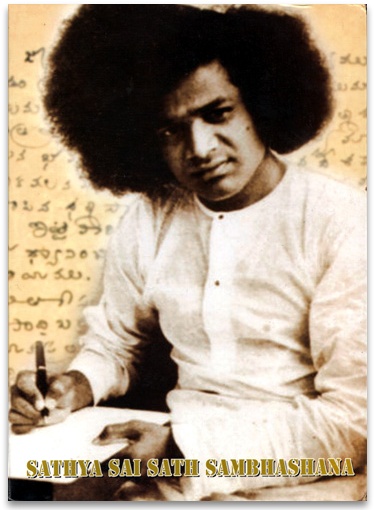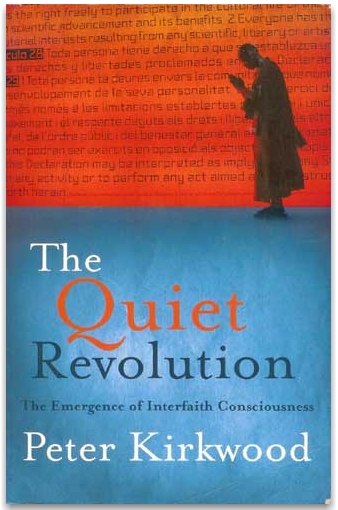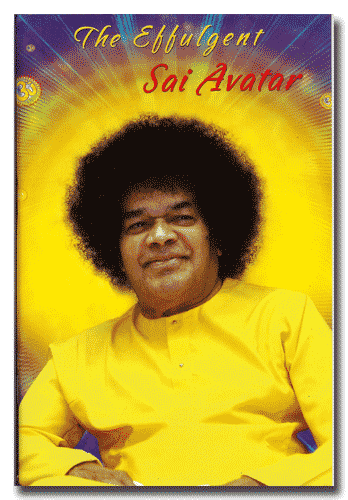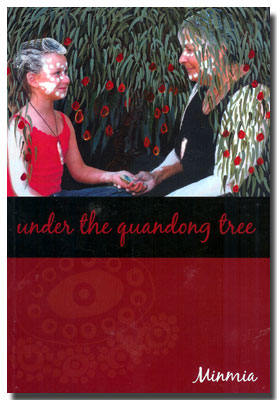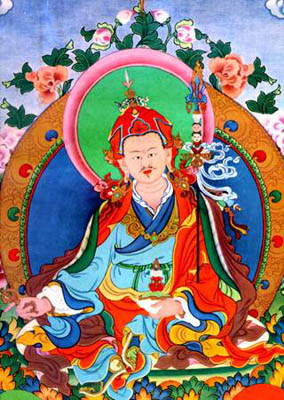
Padmasambhava
(circa 755 -797)
Padmasambhava introduced Buddhist doctrine into Tibet and exorcised its demons. He is one of the historically identifiable founders of Tibetan Buddhism and of the Lamas, as Tibetan Buddhist monks are generally called.
Padmasamhhava (literally, born of the Lotus) was born in the extreme north-west of India, now Pakistan. He was already an accredited Tantric master at the Nalanda university when he was called to Tibet by King Thn-Srong Detsan (740-786). Buddhism had doubtlessly arrived in Tibet one century before, during the reign of the first king, Tri-srong Detsan (c.610-649) who had married two Buddhist princesses, one from Nepal, and the other from China.
![]()

